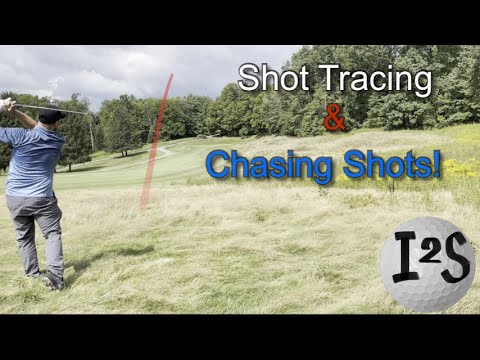The Perfect
Golf Practice Routine
Watch the free extended version of this video exclusively at
_____________________
Here’s the link to the Live View Golf training aid I mention in this video. Use the coupon code ECGOLF to get $40 off your purchase!
You can check out my review of the original version at (
If you haven’t yet, be sure to Subscribe to Eric Cogorno Golf on YouTube for highlights from my live golf lessons, golf tips, golf Q&A’s and more. New posts every week!
For premium content, visit
For online lessons, you can email me at service@cogornogolf.com.
And you can learn more about our bestselling SLICE FIX TRAINING PROGRAM at
_____________________
So you get to the range and you’re going to practice. What should you do? How should you spend your time? There is a specific way and sequence that I want you to do things that in my opinion is the best. It will have you hit all areas instead of just doing mechanical practice.
I’m going to do this routine on a 100 balls set . For some of you, that might be a lot. That may be less than what some of you do. I believe 100 balls is plenty.
Out of the 100 balls, the first 20 should be a warm up/wedge practice. if I go to the range and watch good players, the common thing I see amongst all of them is they start with a short club and they start slow and short. The reason we combine the wedges and warm up is efficiency. Very few of you practice your wedges and when I write practice plans for players and when I write practice plans for our membership site, that wedge is going to be part of practice all the time, like a weekly thing.
The next 30 balls I will work my mechanical/block practice. This is the one part of the 100 balls that I would change a little bit depending upon how long have you been playing and your ability level. If you’re struggling with solid contact or you have a really big problem with a ball control skills, you probably need to live here a little bit longer.
What is non-negotiable during the mechanical phase is that you have feedback. You are absolutely not feeling a swing mechanical thing and just guessing. YOU MUST HAVE FEEDBACK ON EVERY ONE OF THESE 30 REPS! You need to be using a mirror, video, swing station, anything that will give you real feedback. There are a million different block stations. You need to figure out which one is best for you or work with a coach to figure out which one works for you.
The third part of the practice – the next 25 balls – is the skill phase. This is the portion where I work distance control, direction control, trajectory and curves with my irons. There are so many different games that I’ve seen here that can really take you guys to the next level. You want to do something where you have a game with a score or you have a purpose to your hitting your shots here. The ball control skills that you gain here are going to transfer really well to the course
I spend the last 25 balls on course-like training. In this phase, I’m going to do my full routine on every shot – I’m going to stand behind the ball, visualize, do my breathing and walk up. I’m also going to switch targets on every shot and I’m going to either switch my club or distance on every shot.
That is seriously the best range practice you could do whether you are a beginner player or you’re seeking to play on the PGA tour.
_____________________
Follow and Like us at:
#ericcogornogolf
**I may earn a small commission for my endorsement, recommendation, testimonial, and/or link to any products or services recommended on Eric Cogorno Golf sites. Your purchase helps support my work in bringing you free content to help you learn about golf and improve your game. My goal is to help people through my experience so I will not recommend a product or service unless I’ve
1) Used it personally. (which will be the case the vast majority of the time)
2) Thoroughly researched it and gotten first-hand user feedback from other professionals I trust and that have used the product/service.






